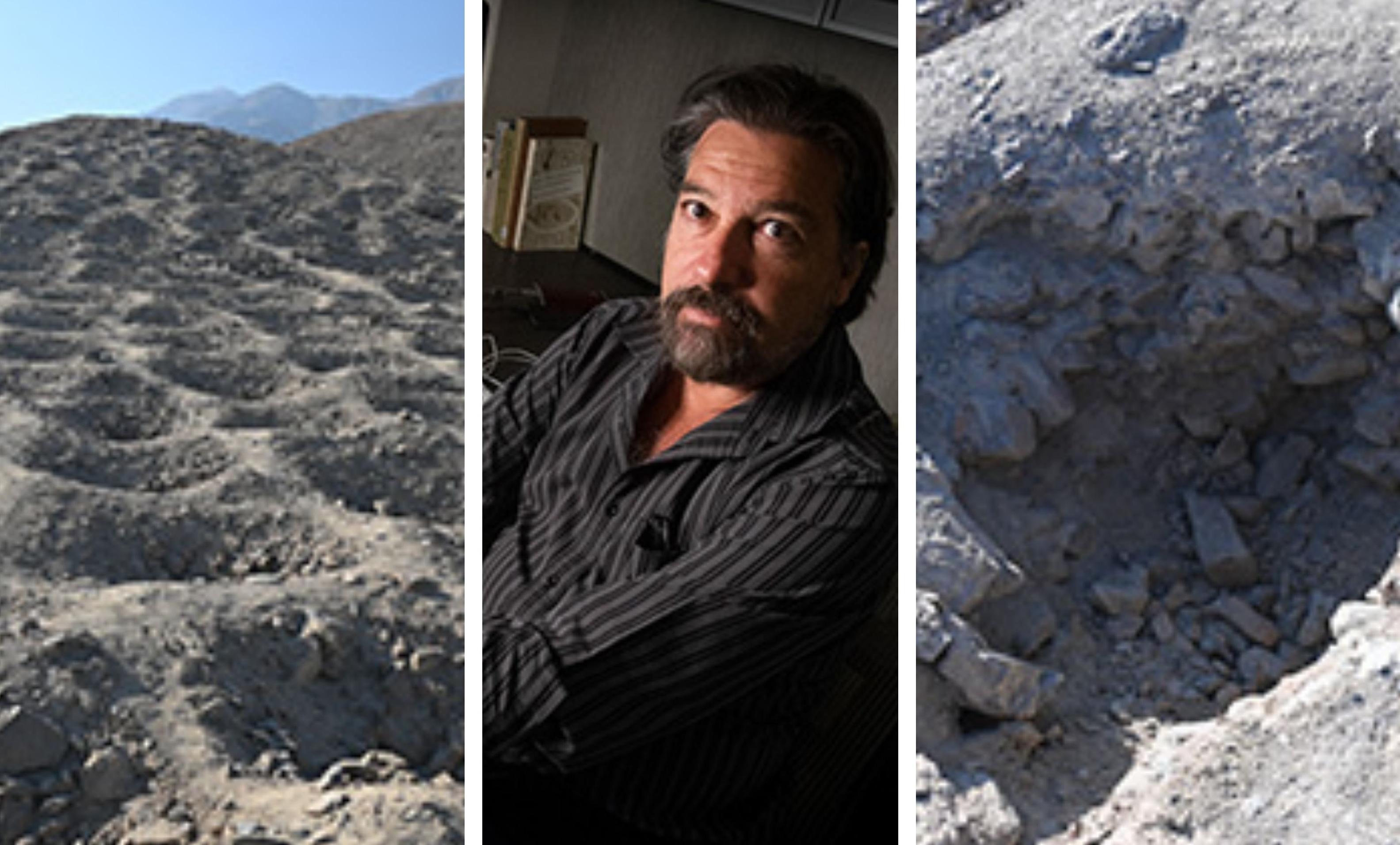Archaeologists Have a Theory As to Why 5,000 Holes Were Made in Peru Hundreds of Years Ago
Sediment analysis and drone photography were utilized to posit the new theory.
Published Nov. 25 2025, 3:59 p.m. ET
The Peruvian Andes contain magical wonders that attract researchers from all over the world. Indeed, there is much to study throughout Peru that keeps researchers busy — and, in one case, has baffled archaeologists for about a century. When archaeologists make discoveries or contribute research to provide greater insight into lifelong mysteries, it is always worth reading about.
Such is the case along Peru's so-called "Band of Holes," where more than 5,000 man-made holes have stumped scientists for ages.
A team of researchers believes that their theory holds merit as to how and why the thousands of holes came to be. Is this new theory just another in a long line of theories that cannot truly be confirmed? Or is this new theory the winning ticket that can help put to bed a puzzle that has lasted about a century?
Continue reading below to learn more about Peru's Band of Holes and why the latest research at this site has captivated scientists and laypeople alike.
Over 5,000 aligned holes in Peru were made for a reason, according to this theory.
More than 5,000 holes were dug by the Incas on a trail known as the Band of Holes along Monte Sierpe or “Serpent Mountain,” according to a report in CNN.
"But there are no written records relating to the formation, leaving its purpose open to interpretation — and there have been many. Hypotheses about the holes’ use have included defense, accounting, storage, gardening, water collection, and fog capturing purposes," according to the report.
Now, thanks to sediment analysis and drone photography, researchers believe they have uncovered evidence that the famed Band of Holes "likely were part of an Indigenous system for accounting and exchange centuries before Europeans arrived," according to a news release by the University of South Florida.
Co-authored by University of South Florida anthropologist Charles Stanish and published in the journal Antiquity, researchers believe they have accounted for the previously unknowable.
"As no human remains were found at the site, aside from a few intrusive tombs at the southern end, and no evidence of copper or silver ores has yet been found, it is unlikely that Monte Sierpe was a burial ground or a mining area," according to the Discussion section of the published paper.
"No evidence of related fortification, nor of attacks or defensive responses, is found at Monte Sierpe, and there is a notable lack of the typical weapons documented at other fortified Andean sites."
The team discovered evidence that important crops (like maize) filled the holes hundreds of years ago, as well as ingredients used to make baskets, which likely held the crops within the holes.
“Perhaps other important resources, such as cotton, coca, maize, and chili peppers would have been placed in the holes and exchanged,” lead study author Dr. Jacob Bongers, digital archaeologist at the University of Sydney, said.
The research team suggested the holes were made during Peru’s Late Intermediate Period, between AD 1000 and 1400 and the site was used about 600 to 700 years ago.
"This ongoing and planned work is crucial, not only for further evaluating our model, but also for expanding archaeological datasets to confront the pseudo-archaeological narratives that continue to surround local heritage," the authors note in the Conclusion section of the paper.

